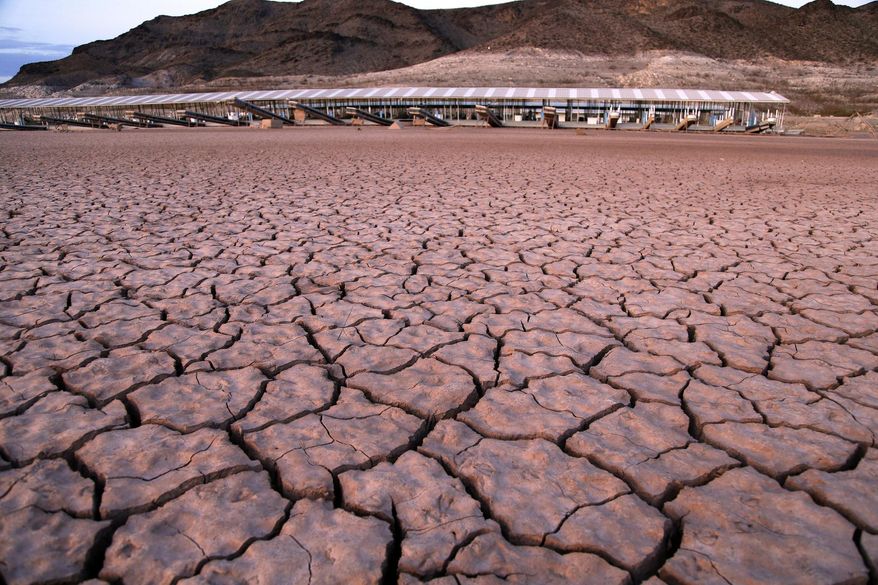
FILE - In this July 16, 2014 file photo, what was once a marina sits high and dry due to Lake Mead receding in the Lake Mead National Recreation Area in Arizona. Extreme swings in weather are expected as part of a changing climate, something Brad Udall, a water and climate research scientist at Colorado State University, has called "weather whiplash." The drought-stricken Southwest got a reprieve this year with average and above-average snowfall following a year that sent many states into extreme drought. Nearly empty reservoirs quickly rose, including Lake Mead and Lake Powell, the largest man-made reservoirs in the country that hold back Colorado River water. (AP Photo/John Locher, File)
Featured Photo Galleries





Trump Transition: Here are the people Trump has picked for key positions so far
President-elect Donald Trump has announced a flurry of picks for his incoming administration. Get full coverage of the Trump transition from The Washingon Times.

Trump dances onstage, takes post-election nation by storm
President-elect Trump dances onstage








